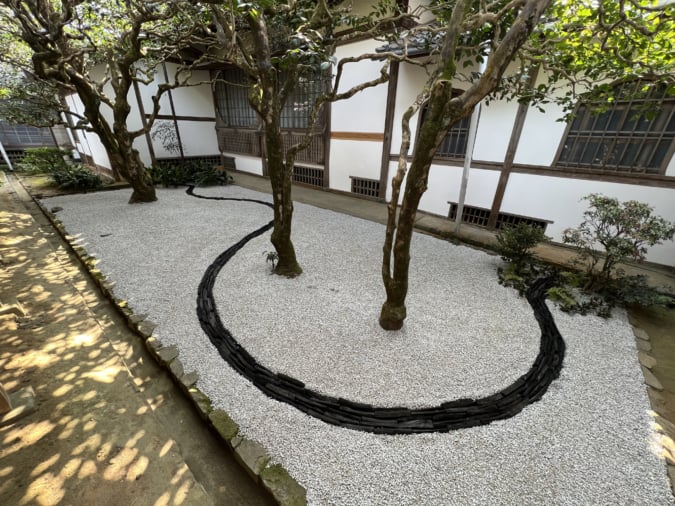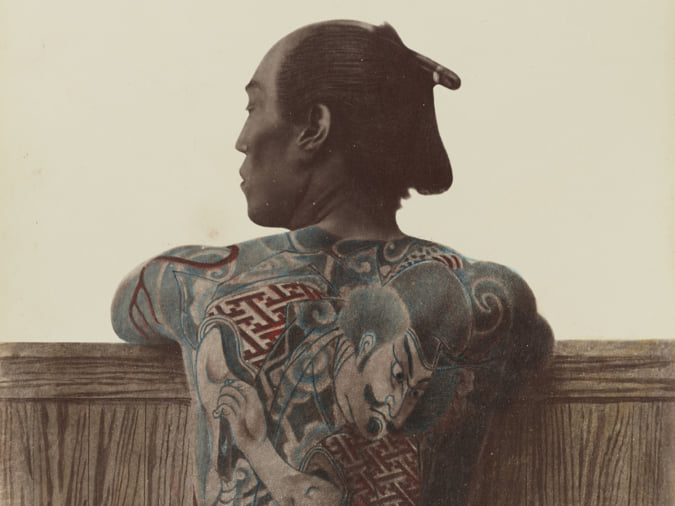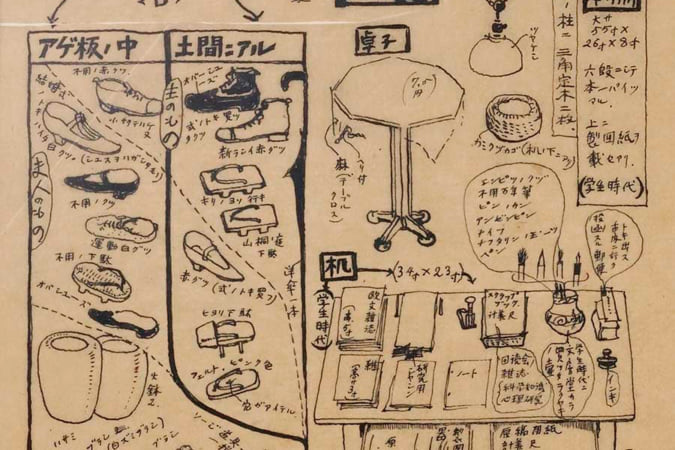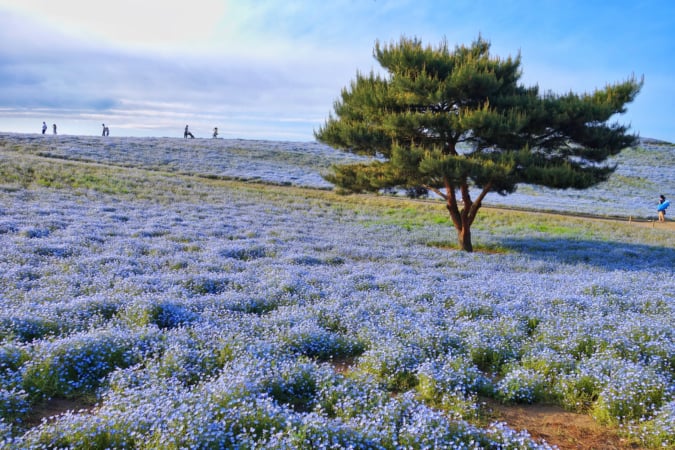Over 100 Japanese Firework Illustrations
Six catalogues dating from the late 19th century, digitised and made available online, compile a multitude of illustrations of fireworks.
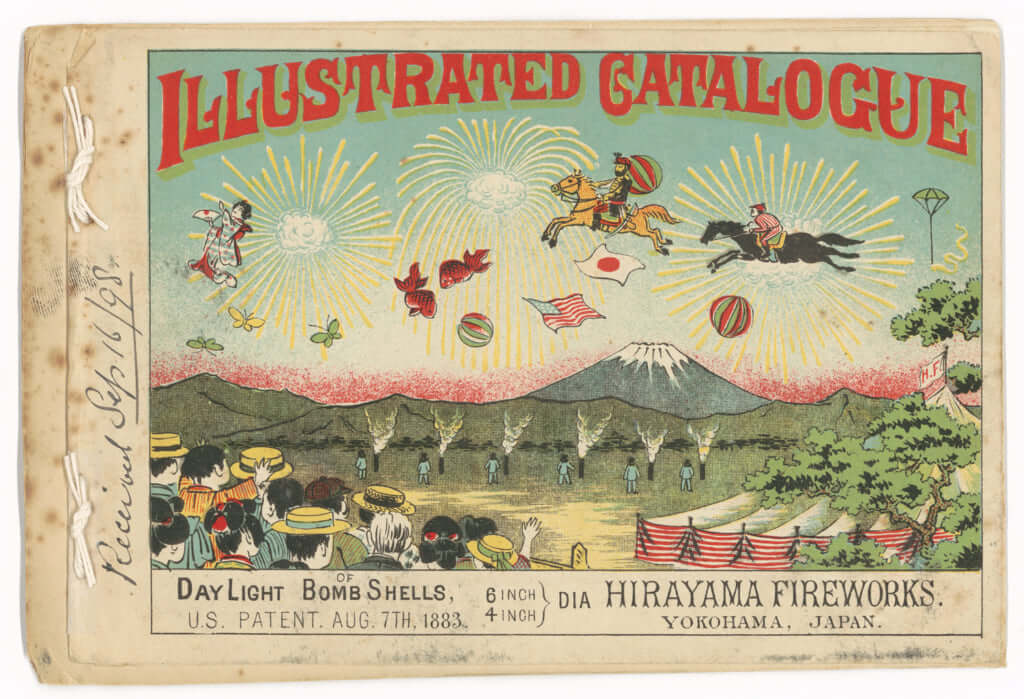
Illustrated catalogue of day light. Courtesy of Yokohama City Central Library
Six catalogues dating from the late 19th century have been digitised and made available online and feature a multitude of sparkling firework illustrations. The burgeoning fireworks industry, determined to find its place in the foreign market, had to find a way to share its products despite the language barrier. Although over one hundred products were available, the language barrier made it impossible to describe the beauty and diversity of the fireworks. Illustrations were the appropriate solution to represent these luminous works of art. First used for commercial purposes, the catalogues are now perused purely for the pleasure of admiring the multitude of shapes born from the imagination of pyrotechnists.
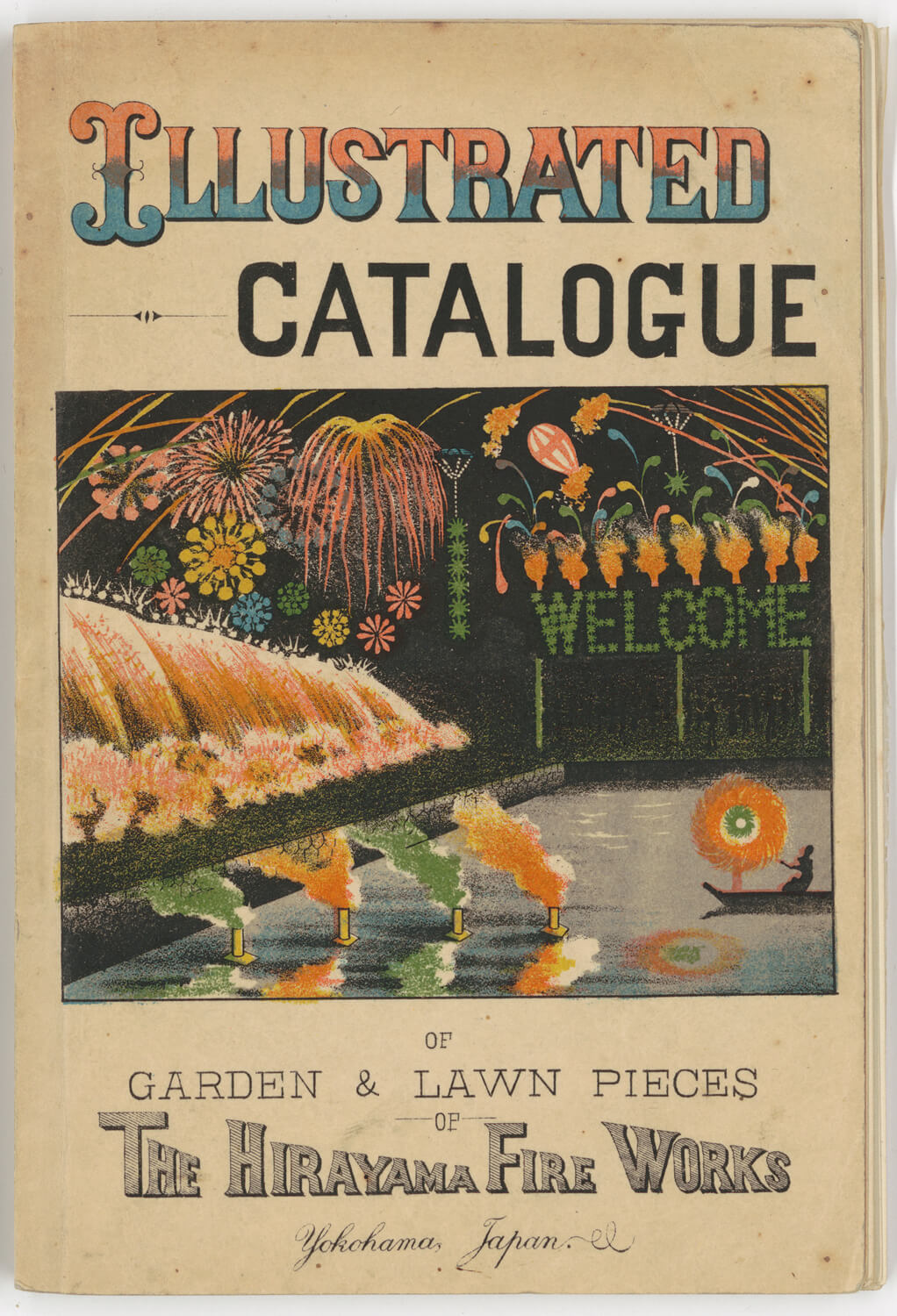
Illustrated catalogue of garden & lawn pieces of the Hirayama Fireworks. Courtesy of Yokohama City Central Library
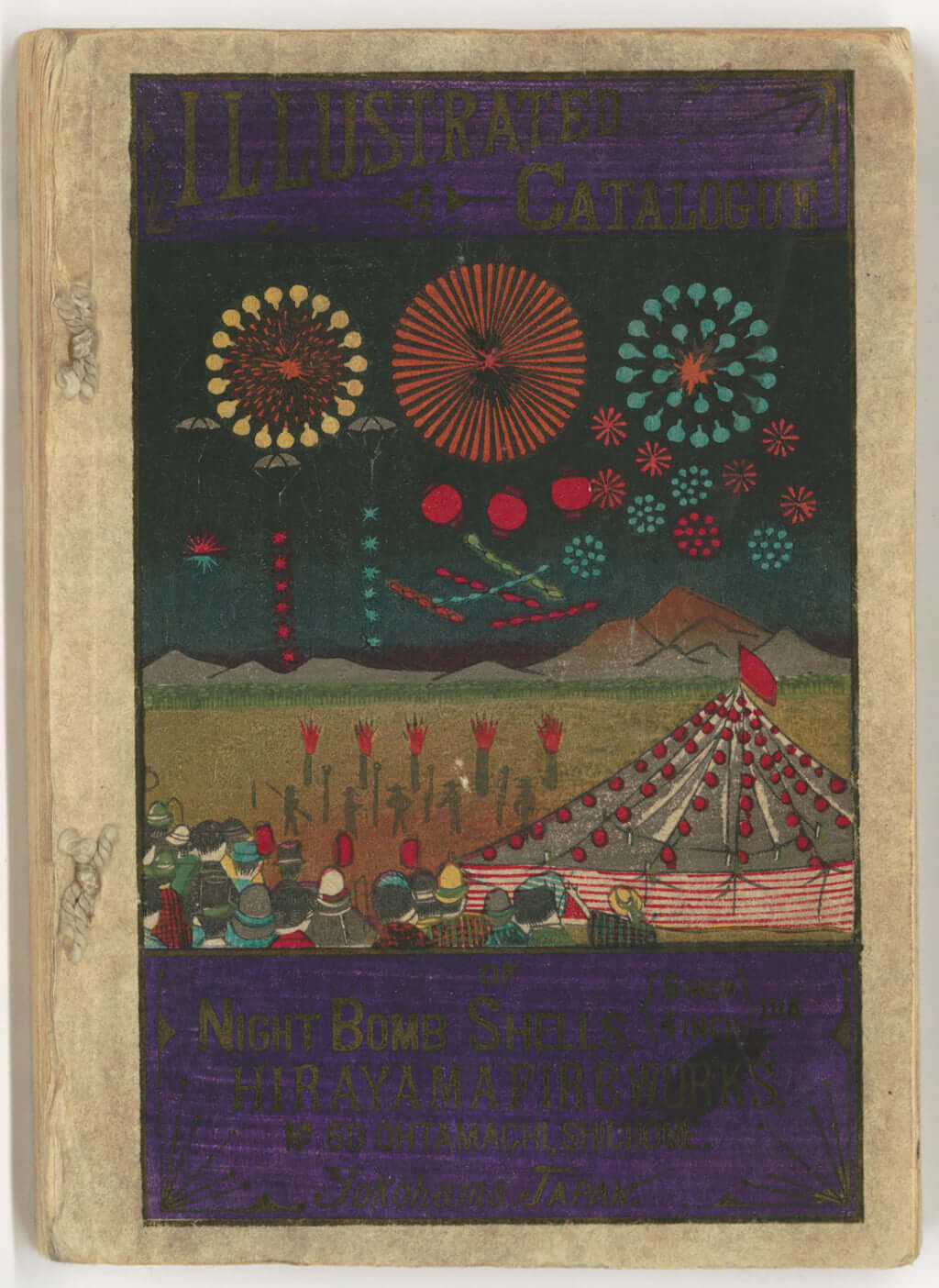
Illustrated catalogue of night bomb shells. Courtesy of Yokohama City Central Library
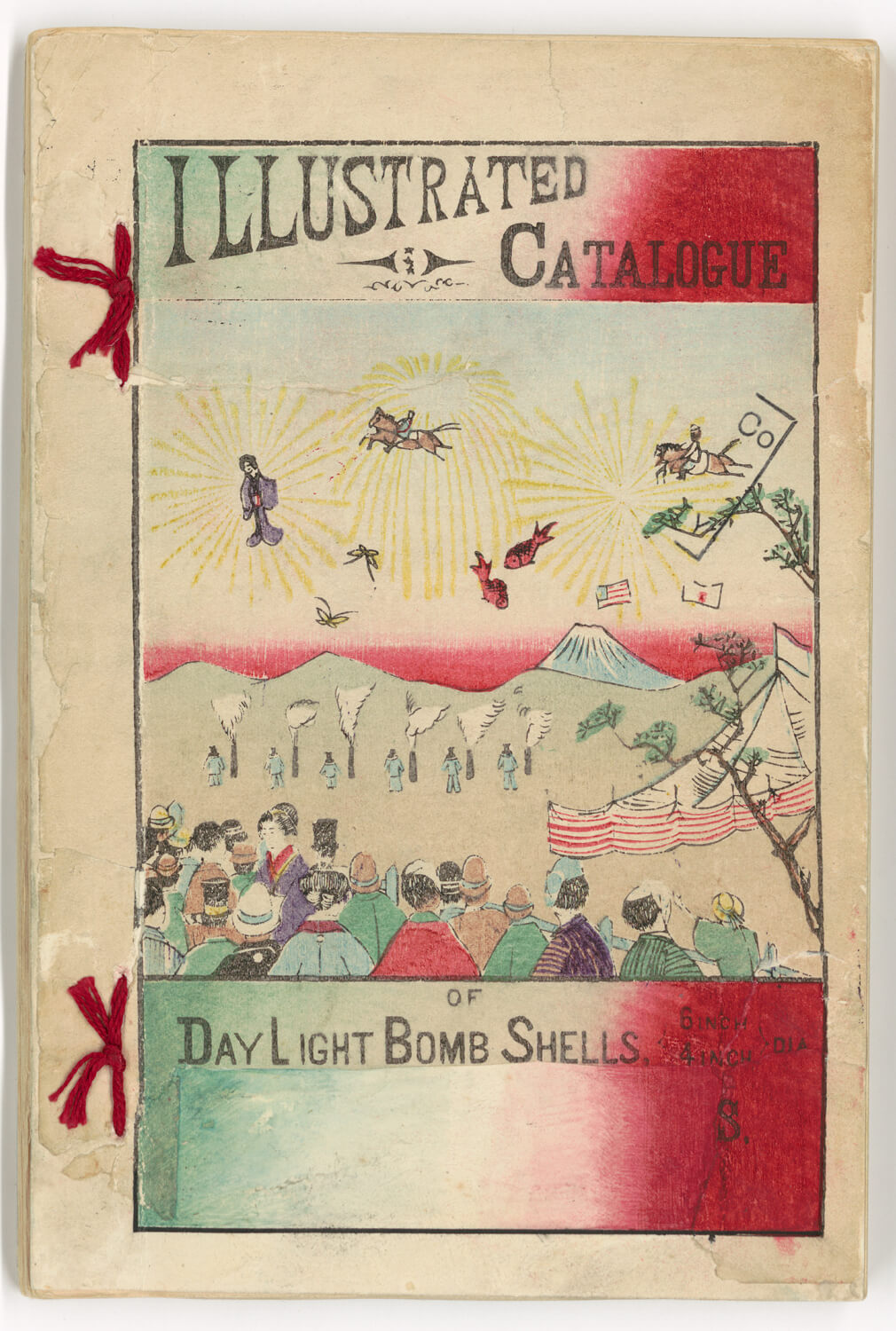
Illustrated catalogue of day light bomb shells. Courtesy of Yokohama City Central Library
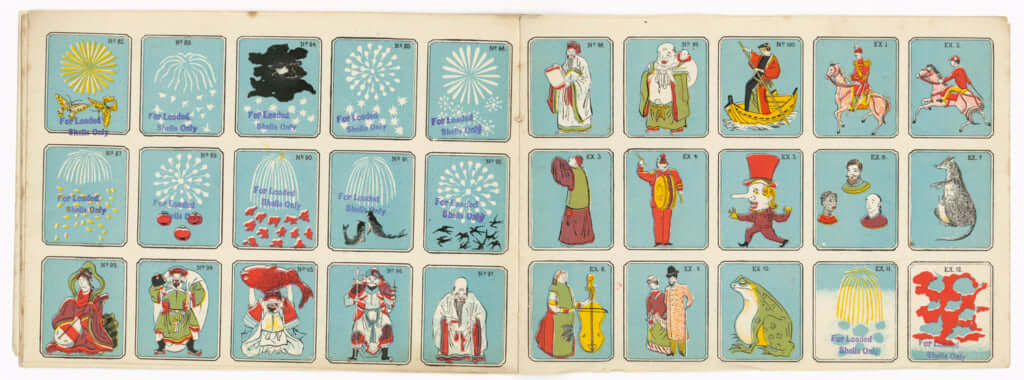
Illustrated catalogue of day light. Courtesy of Yokohama City Central Library

Illustrated catalogue of day light. Courtesy of Yokohama City Central Library
TRENDING
-
A Rare Japanese Garden Hidden Within Honen-in Temple in Kyoto
Visible only twice a year, ‘Empty River’, designed by landscape architect Marc Peter Keane, evokes the carbon cycle.

-
Colour Photos of Yakuza Tattoos from the Meiji Period
19th-century photographs have captured the usually hidden tattoos that covered the bodies of the members of Japanese organised crime gangs.

-
Recipe for Ichiraku Ramen from ‘Naruto’ by Danielle Baghernejad
Taken from the popular manga with the character of the same name who loves ramen, this dish is named after the hero's favourite restaurant.

-
Modernology, Kon Wajiro's Science of Everyday Observation
Makeup, beard shape, organisation of cupboards and meeting places: all of these details decipher 1920s Tokyoites.

-
Hitachi Park Offers a Colourful, Floral Breath of Air All Year Round
Only two hours from Tokyo, this park with thousands of flowers is worth visiting several times a year to appreciate all its different types.

